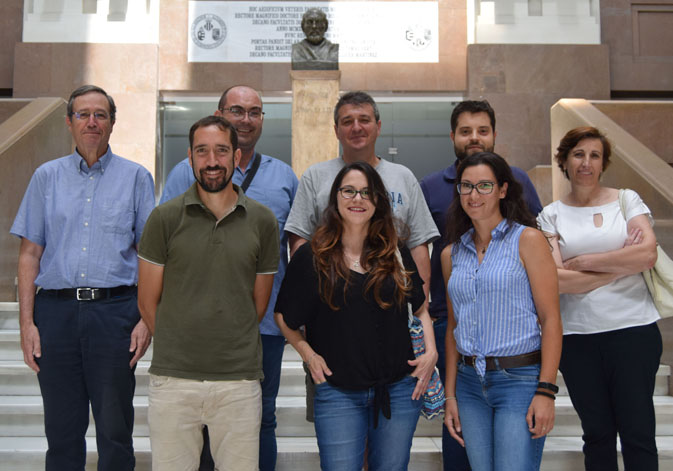
A research by the Department of Microbiology of the University of Valencia, the Institute of Biomedicine of Valencia and the Institute of Agrochemistry and Food Technology of the CSIC has defined the initial interaction of human rotavirus P [8] (the main cause of gastroenteritis) with the recipients of the intestine. In addition, it has found that naturally occurring sugars in breast milk are identical to the virus’s receptors, which demonstrates their potential as anti-rotavirus.
Diarrhea is one of the leading causes of death due to infectious disease and is especially relevant before the age of 5. This research has first defined the initial interaction that occurs between rotavirus P [8] and certain receptors of the mucin (a protective layer of the intestine formed by proteins and sugars) and the intestinal epithelium. In particular, with a disaccharide (union of two sugars) formed by a Galactose attached to an N-Acetyl-Galactosamine, precursor of the blood group. In addition, it has been found that this disaccharide is the same that naturally occurs in breast milk under the name Lacto-N-Biosa.
According to Jesús Rodríguez, Ramón y Cajal researcher of the Faculty of Medicine and member of the team, the study highlights the relevance of the role of breastfeeding as a protection against rotavirus infection. “We have described a molecule that we can produce and that could be added to formula milk to be able to protect babies that cannot be breastfed”, he adds.
Alberto Marina states: “We have seen at atomic level how these sugars bind to the virus receptor, which allows us to select or design molecules that can block the interaction of the rotavirus with the mucin to prevent the virus from spreading”. In addition to this new rotavirus receptor structure, the scientific community can continue to seek new ones.
Another line of research consists in developing improved molecules from Lacto-N-Biosa in the form of antiviral drugs supplied in case of acute diarrhea. These molecules must have a greater affinity for the viruses and compete for the viral receptor. The results of the research have been published by the Plos Pathogens magazine and has been funded by the Ministry of Economy and Competitiveness.
Article:
Gozalbo-Rovira R, Ciges-Tomas J R, Vila-Vicent S, Buesa J, Santiso-Bellón C, Monedero V et al. (2019). «Unraveling the role of the secretor antigen in human rotavirus attachment to histo-blood group antigens». PLoS Pathog 15(6): e1007865. https://doi.org/10.1371/journal.ppat.1007865









